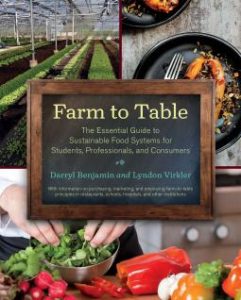Agroecology: it’s the hot issue in agriculture, but what does it mean?
If you are like me, you may have trouble understanding what this term means, but it’s the hot new word in alternative agriculture.
Farms of the Future says agroecology is the only way forward. It is collecting signatures on a petition to make agricultural production practices tore ecological.
But what does that mean, exactly?
The Wikipedia definition is no help at all.
Agroecology is the study of ecological processes applied to agricultural production systems. The prefix agro- refers to agriculture. Bringing ecological principles to bear in agroecosystems can suggest novel management approaches that would not otherwise be considered. The term is often used imprecisely and may refer to “a science, a movement, [or] a practice”. Agroecologists study a variety of agroecosystems, and the field of agroecology is not associated with any one particular method of farming, whether it be organic, integrated, or conventional; intensive or extensive.
Thanks a lot.
Does agroecology mean the same thing as sustainable agriculture?
Fortunately help is at hand.
- Peter Rosset and Miguel Altieri: Agroecology: Science and Politics.
- John Vandermeer and Ivette Perfecto: Ecological Complexity and Agroecology
Start reading!






